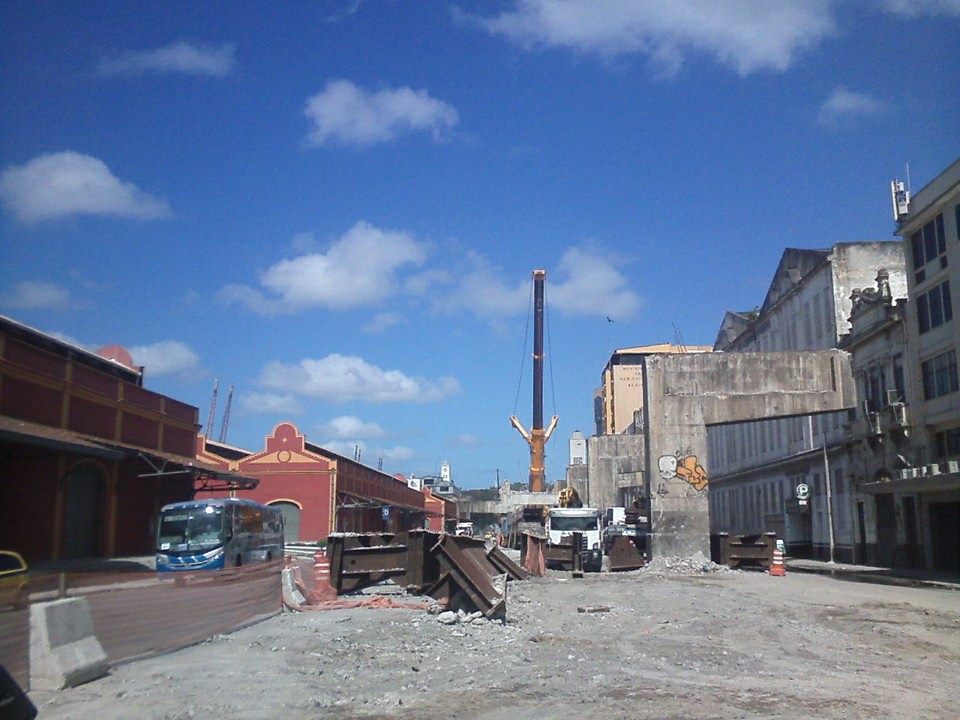Porto Maravilha, a Carioca illusion
- Manuel-Antonio Monteagudo
- May 24, 2018
- 2 min read
Updated: May 26, 2018

During my first stay in Rio de Janeiro, the city was nourished by hope. The World Cup had just ended, and the Olympic Games were approaching, promising new transformations to the city.
Two years later, Brazilian had had their fair share of disillusions. However, an urban project, finished during the Olympic Games, has survived these difficult times, radically transforming the face of the city : Porto Maravilha.
The port of Rio de Janeiro is a witness of all of its History. Its docks received hundreds of slave ships, and its hills were both the grave of countless slaves and a cradle for Samba.
While the port used to be a place of exchange, it became relegated during the 1950s, when an elevated highway cut the neighborhood in half. Little by little, ships became scarcer, and only the melodies of the sambistas kept attracting Cariocas to the place.

In 2009, the Porto Maravilha project was implemented to revitalize the region. During several years, viaducts were demolished, museums were opened, a tramway was built, and old buildings were restored. A project that reflected an optimistic and prosperous Brazil, that didn’t expect the crisis that was to come.
In 2014, Porto Maravilha was late. It wasn’t ready in time for the World Cup, but many expected it would be for the 2016 Olympic Games. In those times, I didn’t quite understand why the Rio Film Festival was organized in an old depot, next to a sordid avenue, where the remains of viaducts still awaited demolition. I wandered in these landscapes stuck between two times, imagining what would be born from this chaos…
Two years later, Rio’s port is living through a second youth. The horrible avenue has become a pedestrian boulevard, traversed by a tram that the Cariocas ride as if it was a new toy. The docks are now called the “Museum Promenade”, and the facades of abandoned buildings are now covered in beautiful graffiti. This long avenue, without apartments or restaurants, but chock full of food trucks, street artists and theaters, is roamed by wanderers, happy to discover a new neighborhood.
The city hardly hides its own pride. Panels boast « Quem te viu, Quem te vê » ( « who I was, who I am »), showing photographs of the region before and after its renewal. The transformation is impressive. A new sight of the Bay has been unveiled, and Cariocas want to integrate it to their city.
However, euphoria can act in unpredictable ways. Beyond the obvious objectives of gentrification (what will happen to the people living in the hill, who have kept their lifestyles despite their isolation?) I don’t know if the boulevards of Porto Maravilha will remain full. Nothing will blemish the beauty of a walk along the bay, but I fear the emptiness surrounding the “Museum Promenade”, where nobody seems to live.

I find the enthusiasm around Porto Maravilha to be quite exciting. Rio’s city centre has been ignored for far too long, despite its marvelous heritage. I just hope that this project’s promise will not turn into yet another broken illusion.























Comments